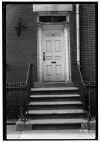 |
New York
Architecture Images-Greenwich Village 4-10 Grove St. |
|
architect |
builder: James N. Wells |
|
location |
4-10 Grove St. |
|
date |
1825-34 |
|
style |
Federal |
|
construction |
brick |
|
type |
House |
|
|
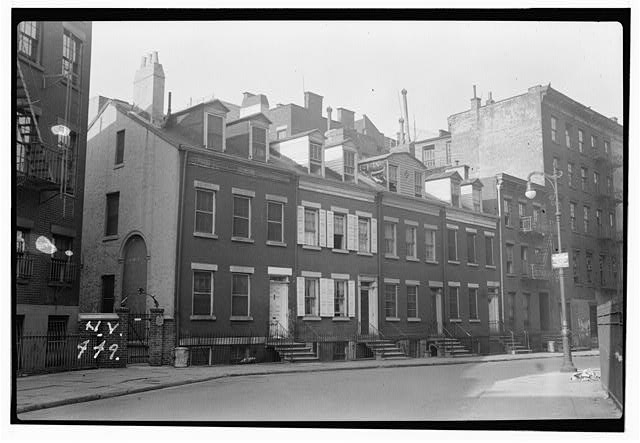 |
|
images |
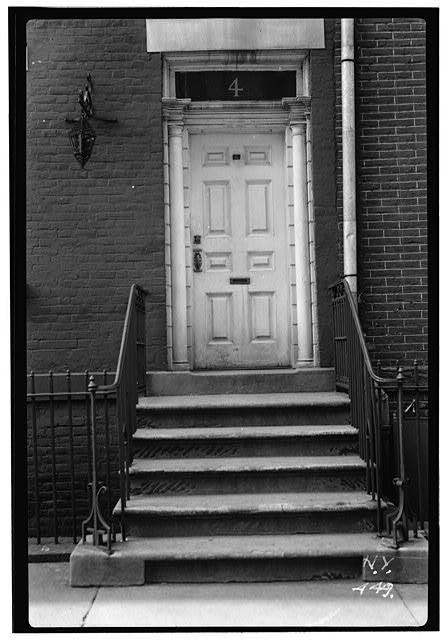 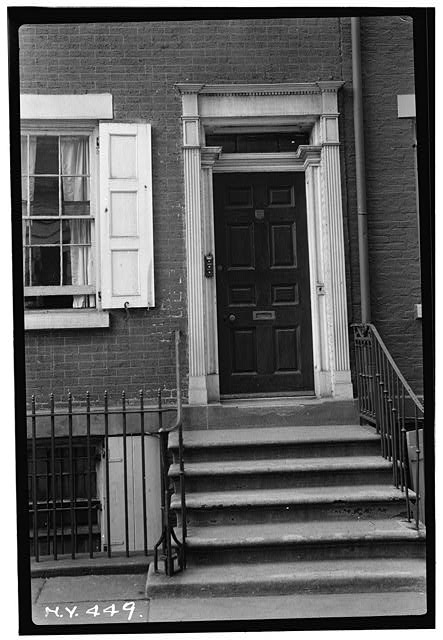 |
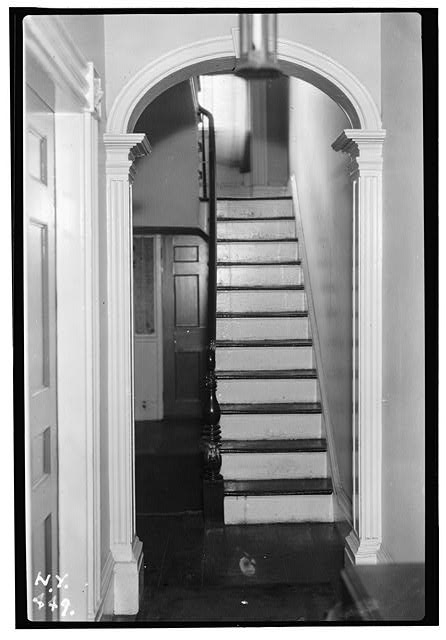 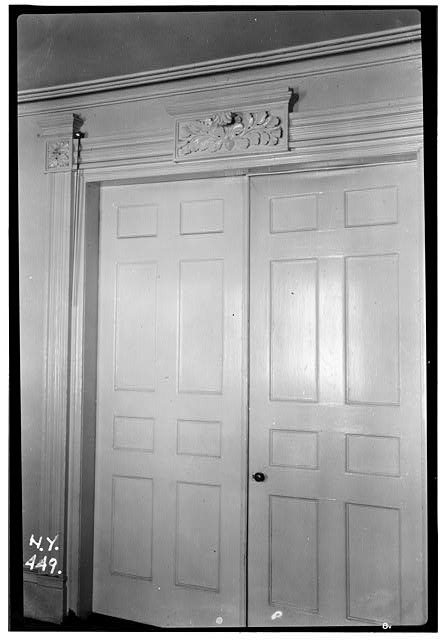 |
|
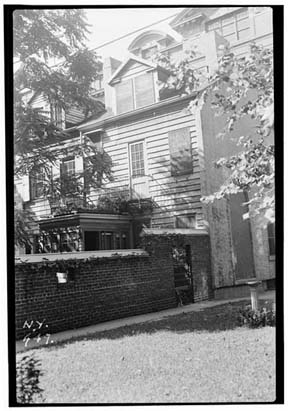 |
|
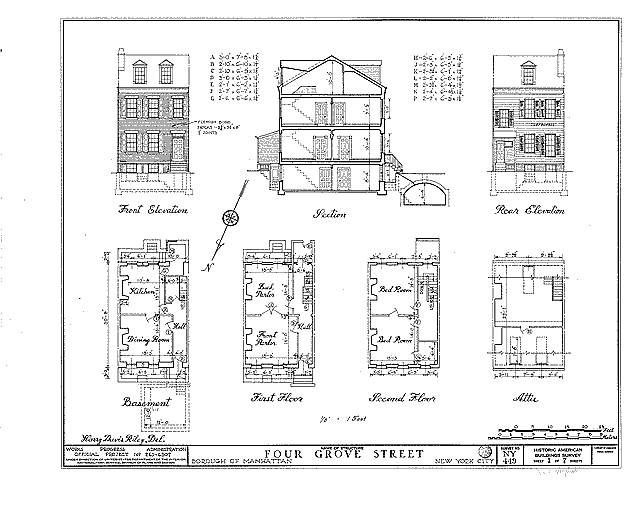 |
|
|
|
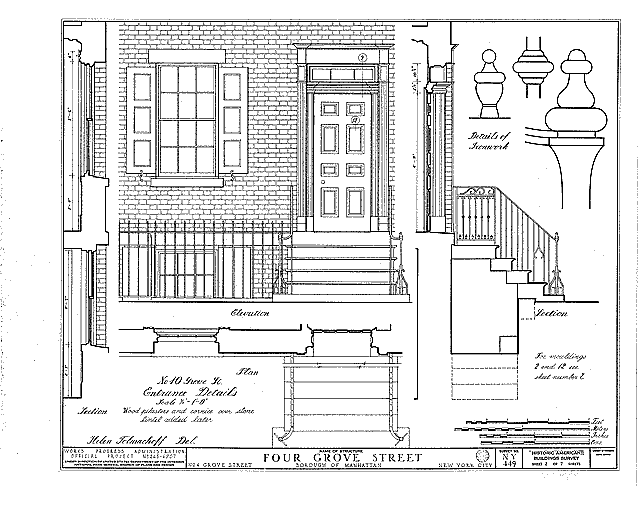 |
|
notes |
This line of residences is one of the most authentic group of classic Federal Style row houses from the 1820s. Built for working-class population of the West Village such as window sash makers and craftspeople, the houses are typical for their time and place. Common features of this building type are the red brick facades along the street frontage, wooden clapboard facades at the rear, the Flemish bond brickwork, the small dormer windows and the wrought iron railings. Like other row houses in this area, these were built by local carpenters and masons who copied the architectural designs from pattern books. The result is an unpretentious architecture with simple detailing that is appropriate for the housing needs of the working class in a growing American city. |

MILKWAGON AND OLD HOUSES Abbott's streetscapes often included horse-drawn wagons, relics of an earlier age. In this Grove Street photograph, taken the same day as several others near her Commerce Street studio, a horse-drawn wagon is her central subject. Milk distribution in New York City, dominated by two giant companies--Sheffield Farms and Borden Company--was a unionized, government regulated, modern industry delivering three million quarts of milk and one million quarts of cream daily. Two-thirds of the total was delivered by truck to retailers and institutions, and one-third was delivered door-to-door by horses, who knew their routes, while "routemen" walked back and forth from house to wagon with empty bottles and new orders. After 9 A.M., when milkwagons were in use only to collect payments, they were required to employ "drag-chains"--as seen in Abbott's photograph--to prevent runaways. In 1938, Sheffield Farms opened a $2.5 million plant at 57th Street and Eleventh Avenue, which received milk directly by rail and processed 24,000 quarts an hour. The 28th Street depot--whose address is posted on the wagon in Abbott's photograph--was closed, and motorized vehicles replaced the horse-drawn wagons. The Grove Street houses behind the milkwagon were built in the 1820s and remain largely unmodified. Special thanks to the Museum of New York, www.mcny.org |
|